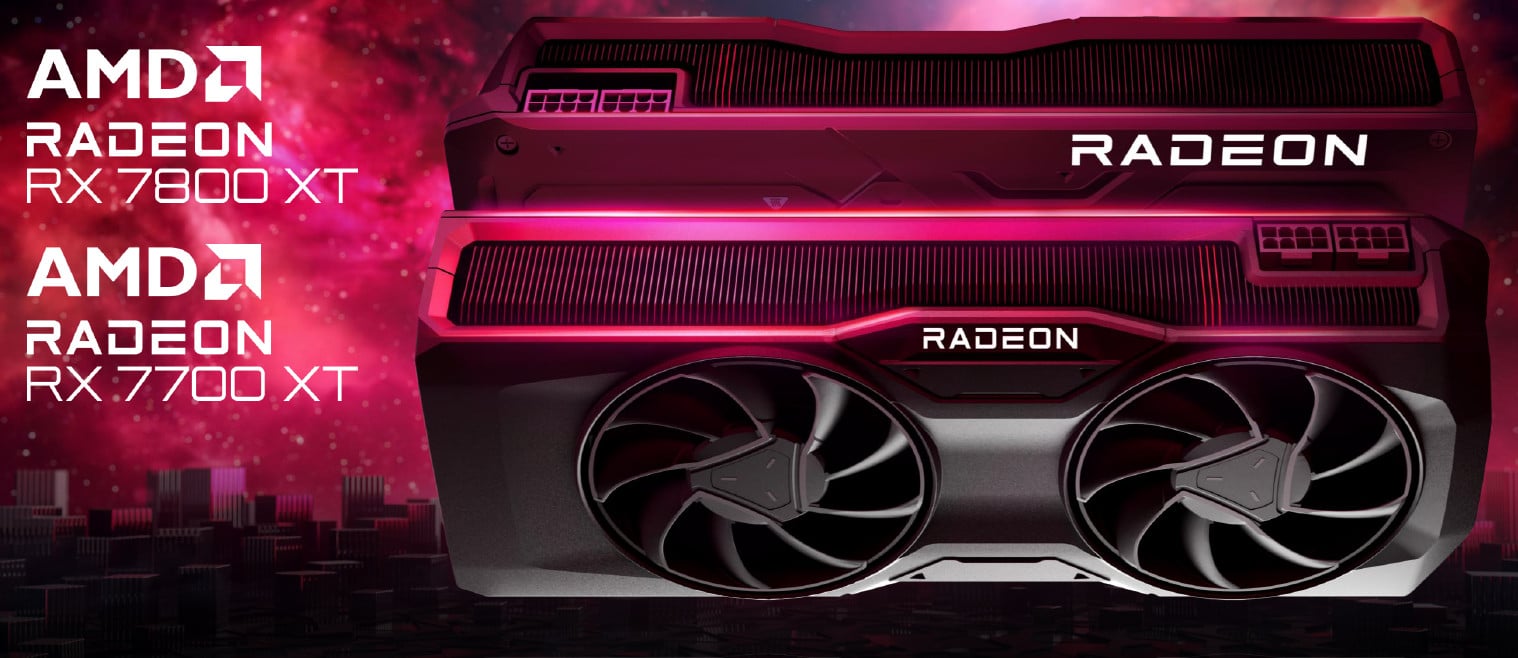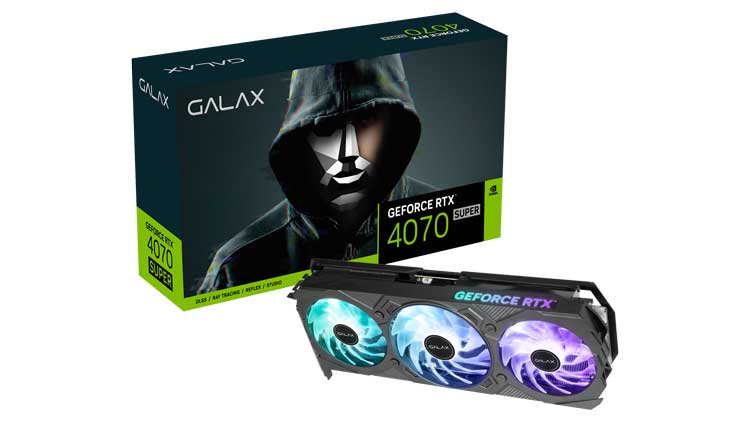Epilogue
The Radeon RX 7800 XT is close to 14% faster than the RX 7700 XT in QHD resolutions and around 19% at 4K. Compared to the NVIDIA RTX 4070, it is 5% and 8% faster at QHD and 4K, respectively, with RTX disabled, and if you also take into account the 100-dollar lower price tag, AMD seems to have a winner in its hands. Moreover, the RX 7700 XT performs notably better than the RTX 4060 Ti in all resolutions, achieving an impressive 13% difference at QHD, the primary resolution for these cards. Unfortunately, I haven’t tested the RTX 4060 Ti with 16GB VRAM, which has the same price tag as the RX 7700 XT, at $450. Still, according to TechPowerUp, both variations of this card, 8 GB and 16 GB, achieve similar performance, meaning that the RX 7700 XT beats both of them easily, with RTX disabled, while costing the same. This means that NVIDIA will have to act fast after AMD’s new releases and slash the prices of its mid-range cards significantly. Otherwise, it will lose the game in this category, which is the most important since not many users can afford high-end and super-expensive graphics cards.
While with Raytracing disabled, AMD’s new graphics card beat the green opponents. This is not precisely the case with Raytracing enabled. The RTX 4070 takes the lead in all three resolutions, HD, QHD, and 4K, from the RX 7800 XT, and the RTX 4060 Ti closes the performance gap with the RX 7700 XT, but still the latter achieves better performance. Although the RX 7800 XT features 120 AI Accelerator matrix cores and the RX 7700 XT 108, which are something similar to NV’s tensor cores, the software is not there yet to exploit them, as NV does, at least, with the frame generation, where AI is used to generate new frames, in DLSS3 that provides a nice performance boost. During this year’s Gamescom, AMD revealed FSR 3 and a separate frame generation solution working on all DX11 and DX12 titles, so hopefully, these new features will be soon available to effectively meet NV’s DLSS 3.5, which was also announced during Gamescom.
Although the Sapphire RX 7700 XT is notably lighter than the reference AMD RX 7800 XT, its cooling system allows for much lower operating temperatures since the lower power consumption also helps it. Speaking of power consumption, the difference between these two is not significant, with the RX 7800 XT consuming 24W more during gaming. AMD’s Navi 32 GPU is efficient but not as efficient as the AD104 and AD106 GPUs used in NVIDIA’s RTX 4070 and 4060 Ti cards, which is clearly shown in my Performance per Watt charts.
The real winner here is the RX 7700 XT, which manages to take the lead from its competitor, the NVIDIA RTX 4060 Ti, with either 8 GB of VRAM or 16 GB in all cases, with and without Raytracing enabled. The RX 7800 XT isn’t that far with Raytracing disabled from the RTX 4070, but you should keep in mind that the latter costs 100 dollars more. If NVIDIA slashes prices, the RTX 4070 will still be a good option, especially if you want to play games utilizing Raytracing and DLSS3. In any case, the competition is good, and hopefully, thanks to AMD, we will see price drops in a category where prices are sky-high for ages now.
- Competitive prices
- 12GB (RX 7700 XT) and 16GB (RX 7800 XT) of VRAM
- Fan stop feature
- Silent operation (Sapphire Pulse RX 7700 XT)
- FSR 2.2 support
- Metallic backplate
- DP 2.1 & HDMI 2.1a
- AV1 hardware support
- No need for an ATX v3.0 PSU (and 12+4 pin connector)
- Compact dimensions
- Raytracing performance needs boosting
- The RX 7800 XT gets hot under stress
- Increased power spikes
- Not as efficient as the competition’s offerings
- No AI frame generation tech (yet)
- The RX 7700 XT has a small price difference with the RX 7800 XT
- Prologue & Technical specifications
- Infinity Cache, Ray Accelerators & Media Engine
- Smart Access Video/Memory, FSR 2, RSR, AMD HYPR-RX
- Box & Contents
- Part Analysis
- Specifications Comparison
- Test System
- A Plague Tale Requiem
- Assasin’s Creed Valhalla
- Control
- Cyberpunk 2077
- Death Stranding Director’s Cut
- Doom Eternal
- Far Cry 6
- Forza Horizon 5
- God of War
- Halo Infinite
- Hitman 3
- Metro Exodus
- Red Dead Redemption 2
- Resident Evil Village
- Shadow Of the Tomb Raider
- Starfield
- Raytracing Performance
- Rendering Performance
- Operating Temperatures
- Operating Noise
- Power Consumption
- Relative Performance
- Performance Per Watt
- Overclocking
- Cooling System Performance
- Epilogue




Üdvözlet!
Szeretném megkérdezni , hogy az Escape from Tarkov játékhoz milyen beállítást javasolna. Smart acces vagy Resizable is szóba jöhet.
Köszönöm.
GPU
AMD Radeon RX 7800 XT
CPU
13th Gen Intel(R) Core(TM) i7-13700KF
16 Cores
VRAM
16368 MB
GDDR6 2438 MHz
RAM
32 GB